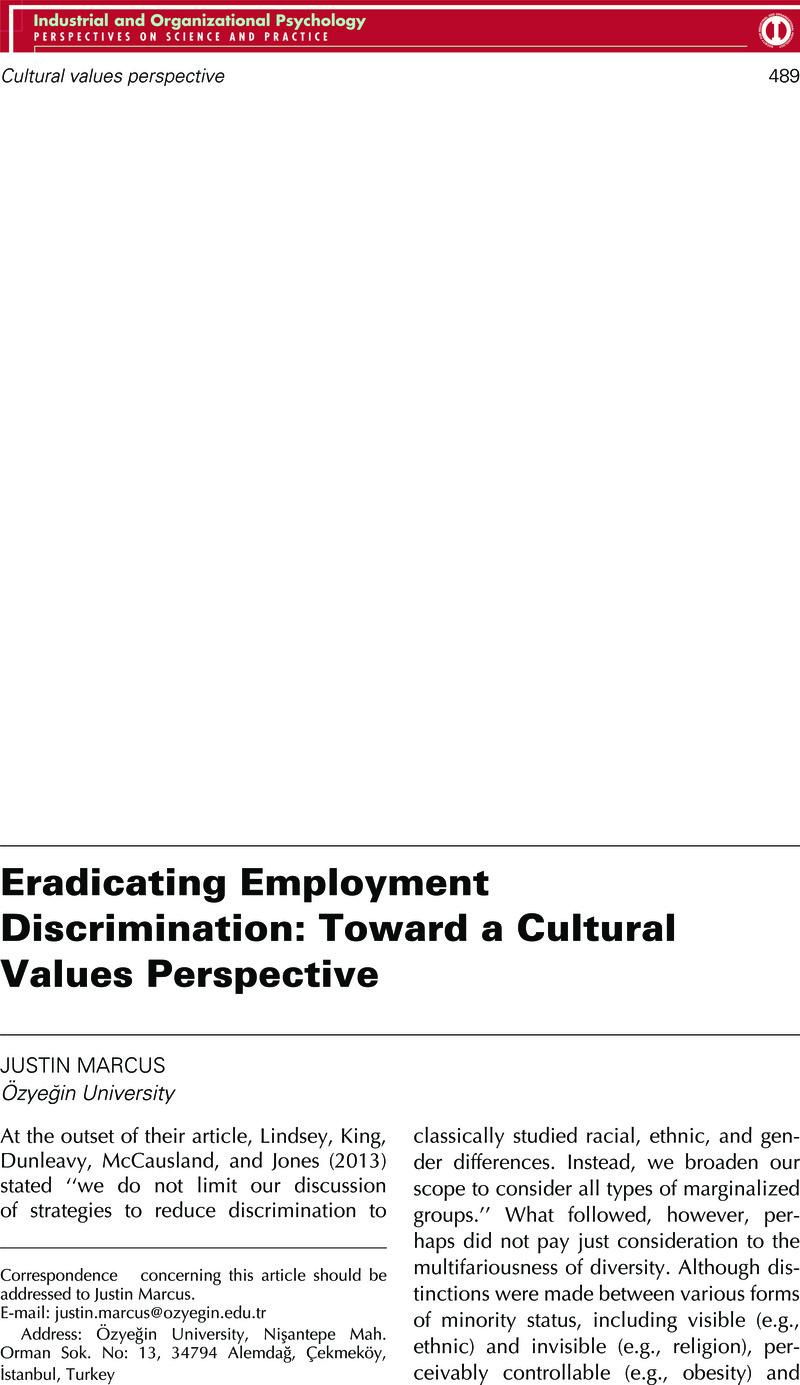Crossref Citations
This article has been cited by the following publications. This list is generated based on data provided by Crossref.
Marcus, Justin
and
Fritzsche, Barbara A.
2016.
The Cultural Anchors of Age Discrimination in the Workplace: A Multilevel Framework.
Work, Aging and Retirement,
Vol. 2,
Issue. 2,
p.
217.





